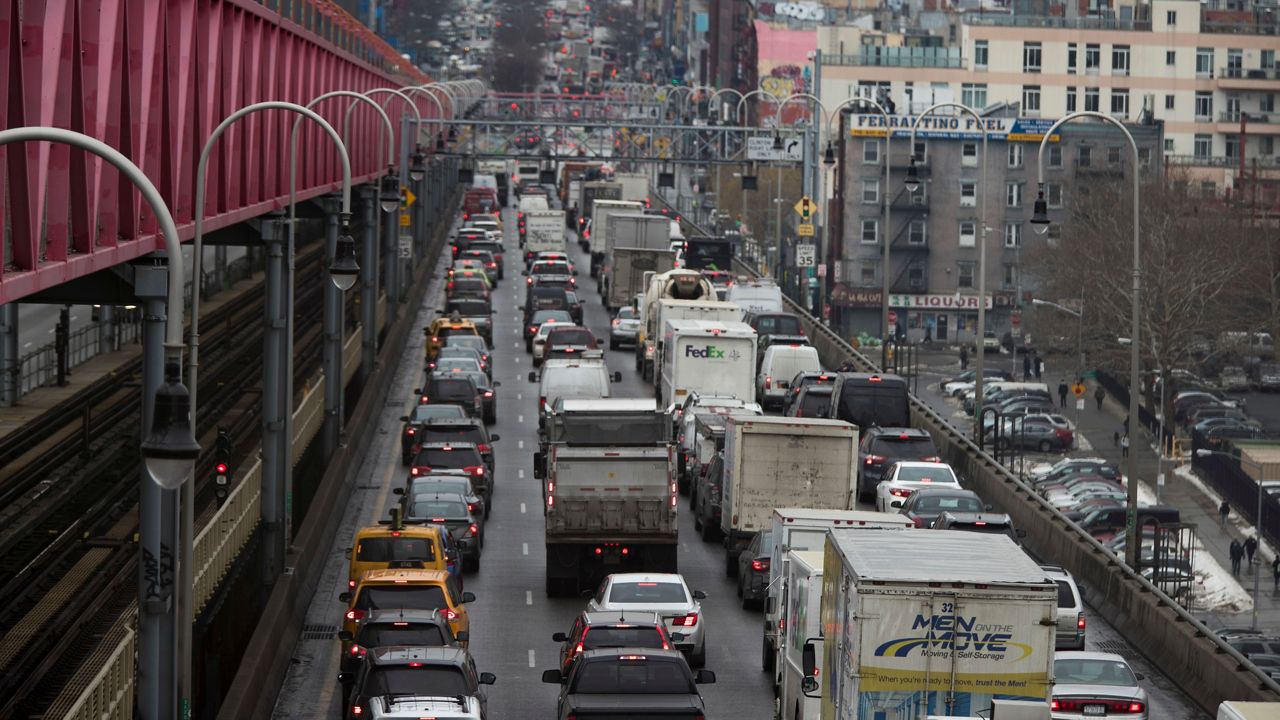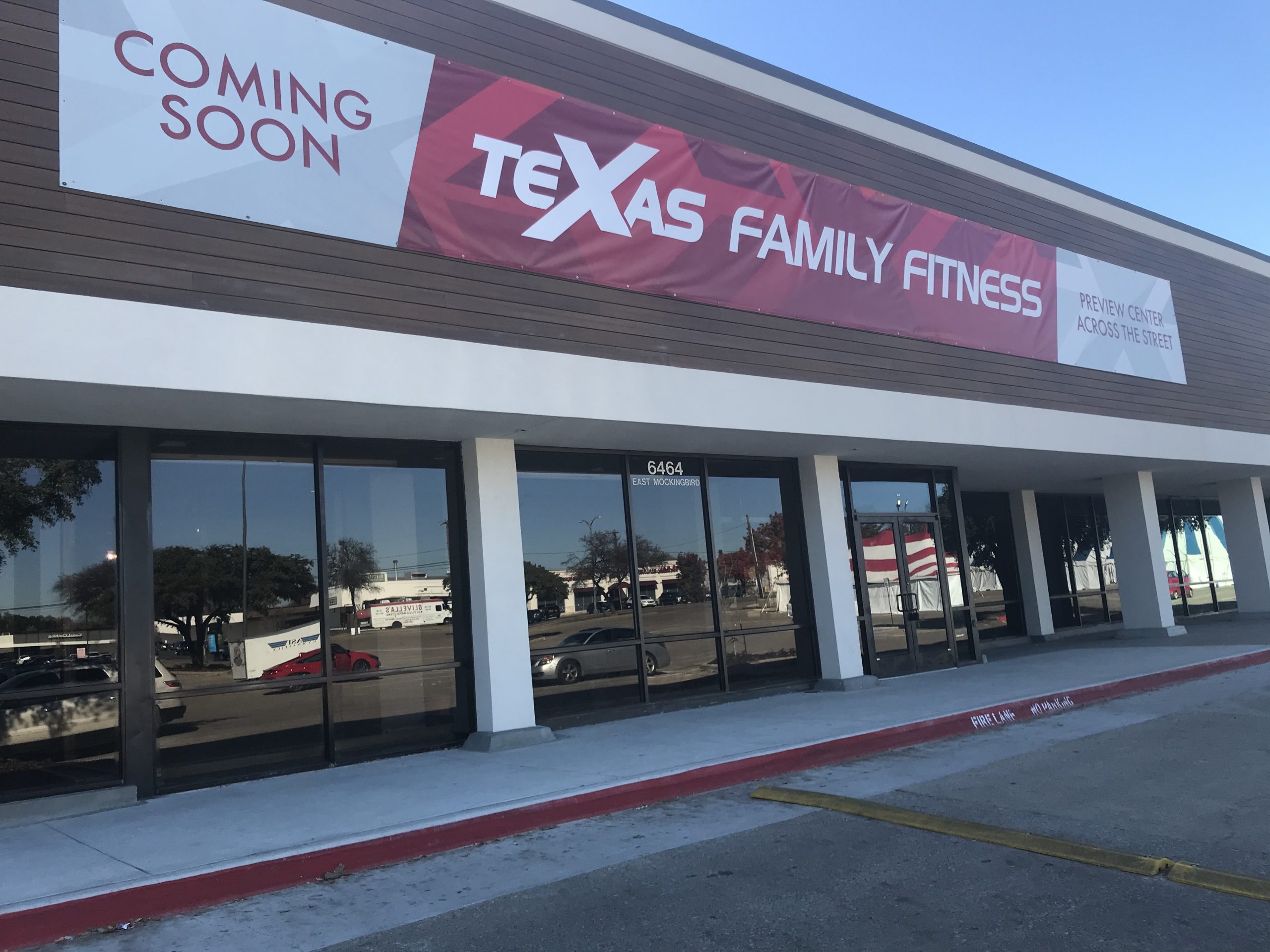Jobs
Thousands of jobs at risk amid congestion pricing pause, report finds

John Baretto is one of thousands of union electricians who for years has worked on ADA accessibility upgrades for the MTA.
And after his current job at the 95th Street R train stop in Bay Ridge, Brooklyn wraps up, he had two more lined up at stations in Forest Hills and Hollis, Queens, but those are now up in the air.
What You Need To Know
- Good government group Reinvent Albany says 100,000 jobs are at stake amid the congestion pricing pause
- The Partnership for New York City commissioned a study that found the economic impact of the MTA’s current capital plan was over $60 billion statewide
- The pause not only affects contractors and vendors who do business with the MTA, but the businesses patronized by those workers, as well as suppliers for those contractors
Work at the two stations has been put on hold, part of the $16.5 billion the MTA had to cut from its current capital program because of Gov. Kathy Hochul’s 11th-hour decision to pause congestion pricing.
“We never know when the layoff is coming,” said Baretto, a shop steward with USWU Local 363 who works for TC Electric. “I mean, there’s ups and downs in construction, and this is a point where it might be a down unless we get these two jobs funded.”
The plan to toll most drivers $15 to travel below 60th Street in Manhattan would have provided $15 billion in funding.
“Our research shows it’s 100,000 jobs that are at stake because that money is no longer going to go forward,” said Rachel Fauss, senior policy advisor at good government group Reinvent Albany. “And those projects are not happening, so all those workers working on the capital projects, those jobs are going to dry up.”
She says the pause impacts the whole tristate region. A recent study by the group found every congressional district has a business paid by the MTA. The effects are also not just on MTA vendors.
“There’s also a trickle-down effect, where we support the local businesses, where we have breakfast and lunch, so those jobs are affected, all the suppliers are affected,” Baretto said.
That includes businesses like Verrazzano Deli & Juice Bar, where the manager says having the workers as patrons really gives the cash register a boost.
“They like to always eat from different areas here, not just from me,” manager Salea Abdulrap said. “They help us a lot. They go help the business because there’s a lot of them.”
The Partnership for New York City commissioned a study in 2019 on the economic impact of the MTA’s current capital plan. It found that in addition to the more than $39 billion in direct impact from jobs and contracts from the MTA, there was a trickle-down impact of nearly $23 billion statewide — that’s suppliers and local business patronized by workers.
“It boosts the economy of the region, and there’s a ripple effect across the region as a result of that money,” Fauss said.
However, after years in the business seeing the ups and downs, Baretto is cautiously optimistic.
“I am concerned, because it’s two stations right now, but I am confident, though, that the funding will come in place,” Baretto said.
The governor, however, has yet to announce a plan to do that.









